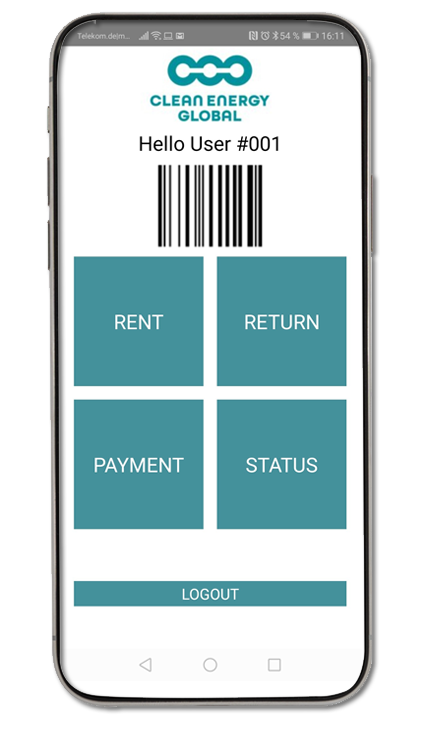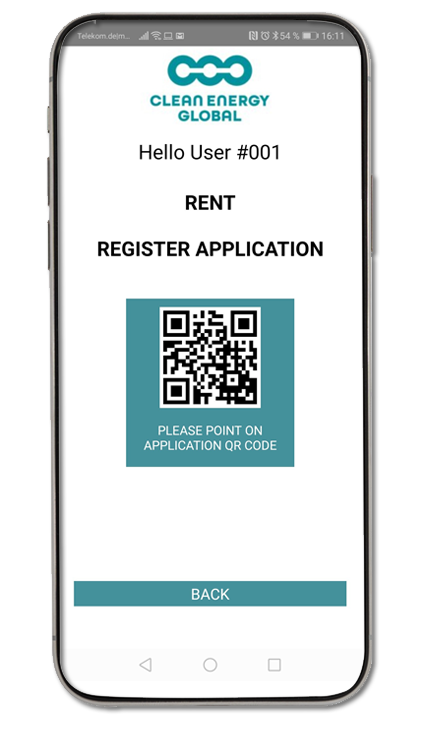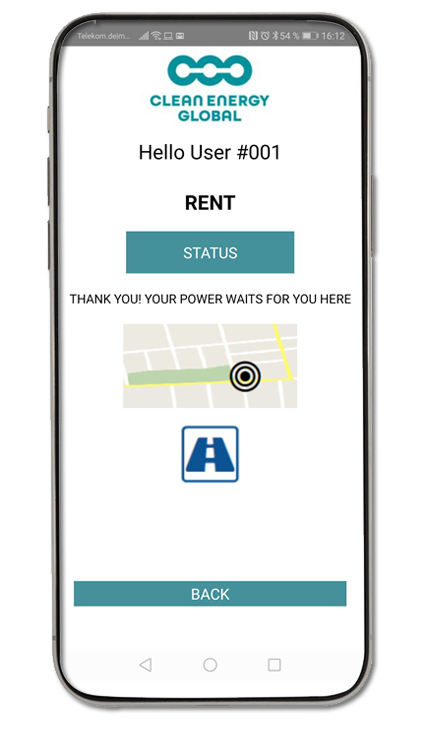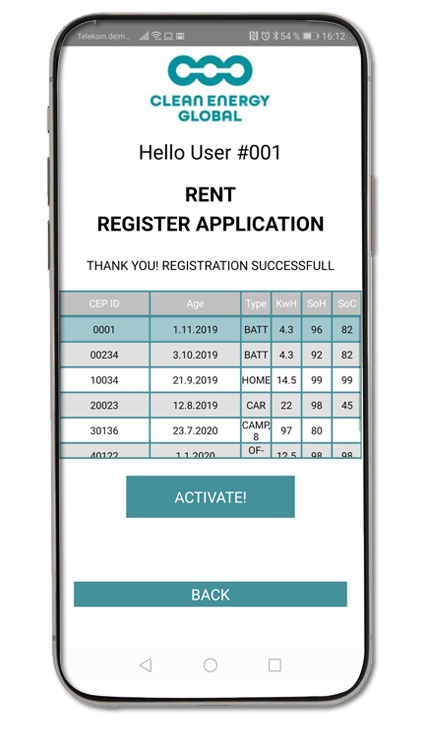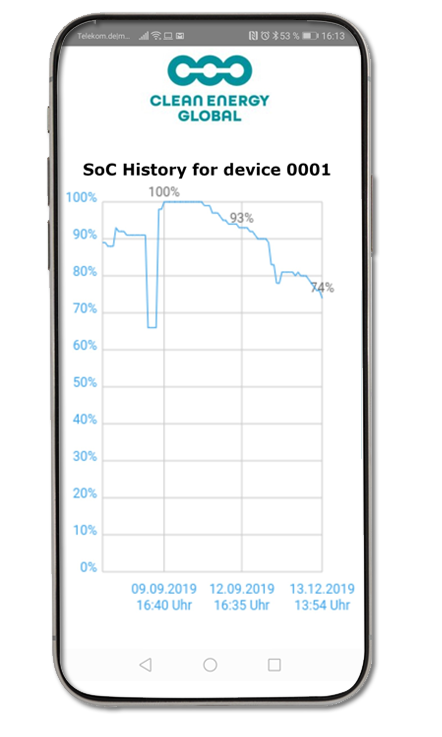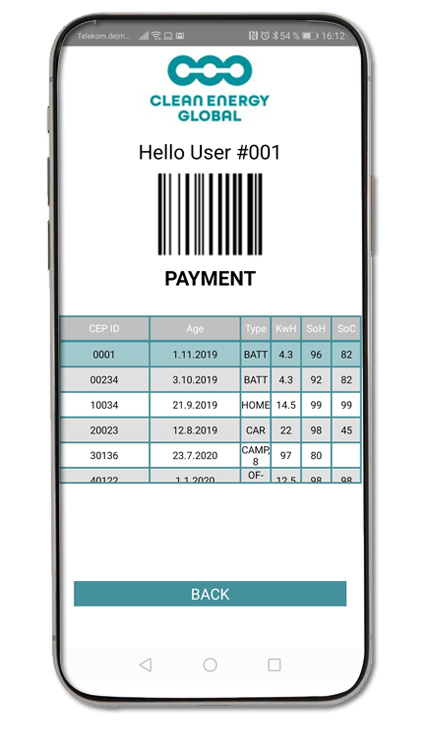Our goal is to provide an overview of these costs, how to calculate them, and what they are used for. A variable cost is a cost that changes in line with increased or decreased sales volume or https://www.quick-bookkeeping.net/ output. Examples of variable costs include labor, distribution and shipping, supplies, and raw materials. To illustrate the difference between fixed and variable costs, consider this example.
Contribution Margin
- However, below the break-even point, such companies are more limited in their ability to cut costs (since fixed costs generally cannot be cut easily).
- First, it is important to know that $598,000 in manufacturing costs to produce 1,000,000 phone cases includes fixed costs such as insurance, equipment, building, and utilities.
- It helps businesses understand how changes in sales volume will affect their profits.
- Because variable costs scale alongside, every unit of output will theoretically have the same amount of variable costs.
- Companies who have high variable costs are more likely to have lower profit margins but they are also companies that can achieve the breaking point very easily.
- Marginal cost refers to how much it costs to produce one additional unit.
In all these scenarios, the fixed cost will remain at $2,000 per month. These costs aren’t static — meaning, your rent may increase year over year. Put simply, it all comes down to the fact that the more you sell, the more money you need to spend. This includes marketing and profitability index pi formula calculator sales campaigns to reach more customers, the production costs of more goods, and the time and money required for new product development. This cost also increases or decreases with the number of goods that is taken to and fro and therefore varies with the production level.
Variable Cost: What Is It and How Do You Calculate It?
Costs that vary directly in response to shifts in production or sales levels are known as variable costs. They typically consist of variable production overhead, direct materials, and direct labor. For each variable cost category, calculate the variable cost per unit. To do this, divide the total variable cost for that category by the number of units produced.
Contribution margin method
High operating leverage can benefit companies since more profits are obtained from each incremental dollar of revenue generated beyond the break-even point. For example, a company executive’s base salary would be considered a fixed cost because the dollar amount owed by the company is outlined in an employment contract signed by the relevant parties. The more products your company sells, the more you might pay in commission to your salespeople as they win customers. Variable costs are usually viewed as short-term costs as they can be adjusted quickly. For example, if a company is having cash flow issues, it may immediately decide to alter production to not incur these costs. Variable costing has its share of challenges and impediments that ought to be considered when implementing this accounting strategy.
Your salary will be classified as a fixed cost if you are an employee and you have an employment contract, which specifies a set wage per year. The total variable cost will be the number of products in the order, in this case, 200, multiplied by the variable cost of each unit. This means that the calculation for the pet company is 200 x 10 to produce a total variable cost of $2,000.
For example, if you have 10 units of Product A at a variable cost of $60/unit, and 15 units of Product B at a variable cost of $30/unit, you have two different variable costs — $60 and $30. Your average variable cost crunches these two variable costs down to one manageable figure. The number of units produced is exactly what you might expect — it’s the total number of items produced by your company.
Absorption costing better upholds the matching principle, which requires expenses to be reported in the same period as the revenue generated by the expenses. Variable costing focuses more on short-term decision-making because it avoids fixed manufacturing costs. For long-term strategic decisions, absorption costing may give a more accurate picture of overall costs and productivity.
A bookkeeping strategy businesses utilize to manage and analyze costs related to their production forms. By analyzing how much is spent on producing the product, a manufacturer can set the price for retail so that the company can break even and make profits on the sale of these goods. If Product 1 has a variable cost of $10 per unit and Product 2 has a variable cost of $5 per unit, for example, the calculation for the average cost will combine the figures. Now, there are unicorn businesses that can charge a premium price and drive volume (think Apple). Essentially, if a cost varies depending on the volume of activity, it is a variable cost.
If a higher volume of products is produced, the amount of delivery and shipping fees also incurred increases (and vice versa) — but utility costs remain constant regardless. Examples of fixed costs for accounts receivable and accounts payable businesses include salaries, rent, business insurance, property taxes, and office supplies. Rent is usually considered a fixed cost because it doesn’t change as a result of production or output.
Examples of variable costs include labor, distribution expenses, and supplies and materials. If your variable costs are $20 on a $200 item and your fixed costs account for $100, your total costs now account for 60% of the item’s sale value, leaving you with 40%. If the average variable cost of one unit is found using your total variable cost, don’t you already know how much one unit of your product costs to develop? Can’t you work backward, and simply divide your total variable cost by the number of units you have?
Balancing the books is a key objective for company owners across all sectors. If you automate certain parts of your product’s development, you might need to invest in https://www.quick-bookkeeping.net/quantity-in-math-definition-uses-examples-video/ more automation equipment or software as your product line gets bigger. These can include parts, cloth, and even food ingredients required to make your final product.


